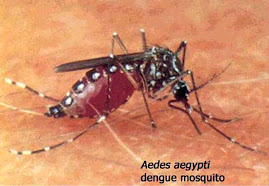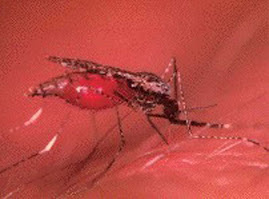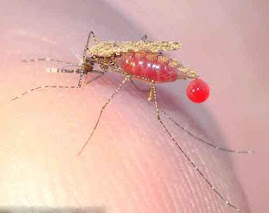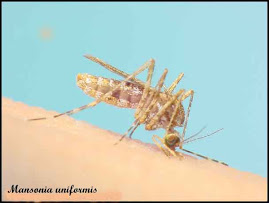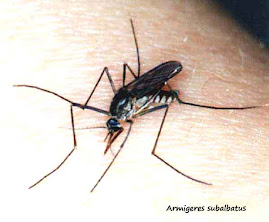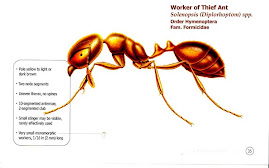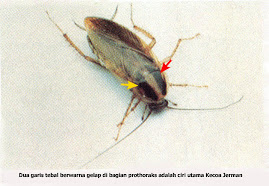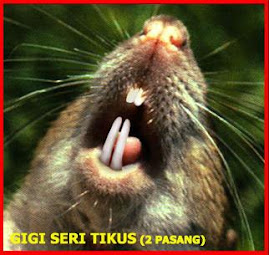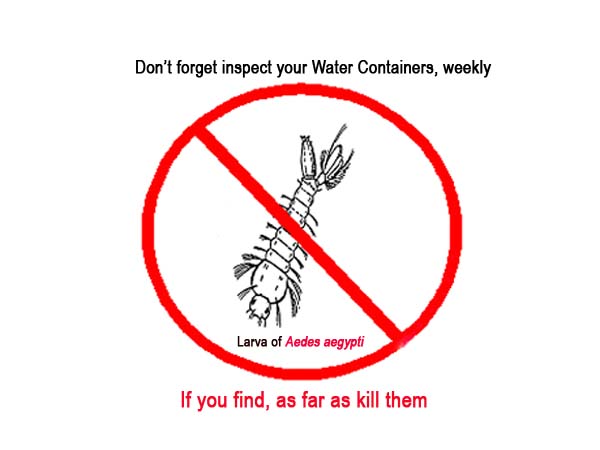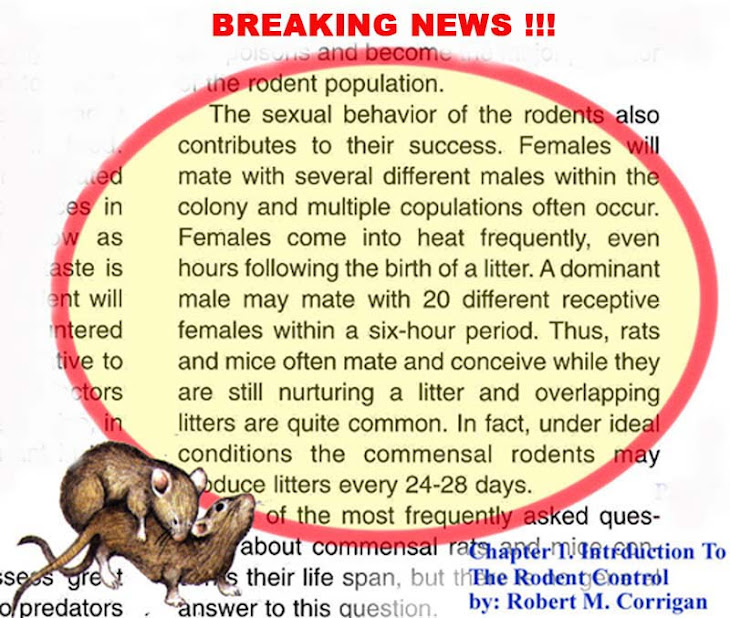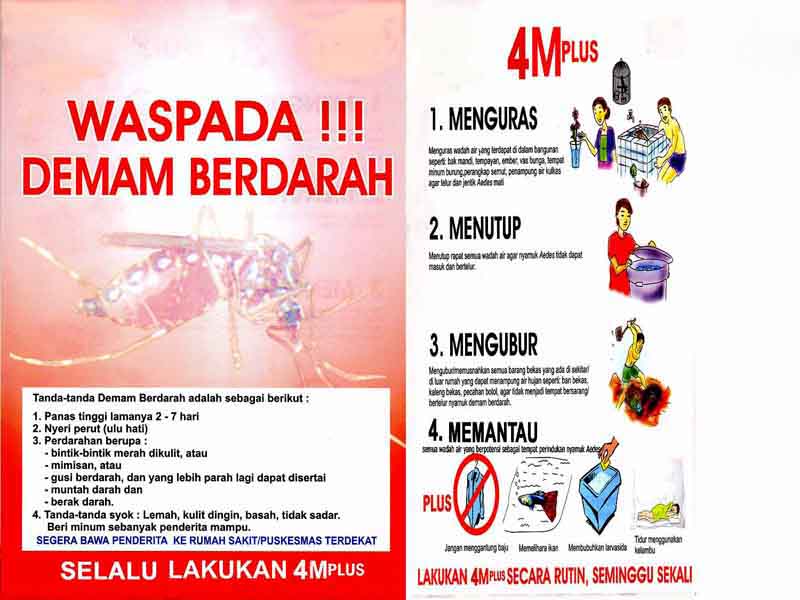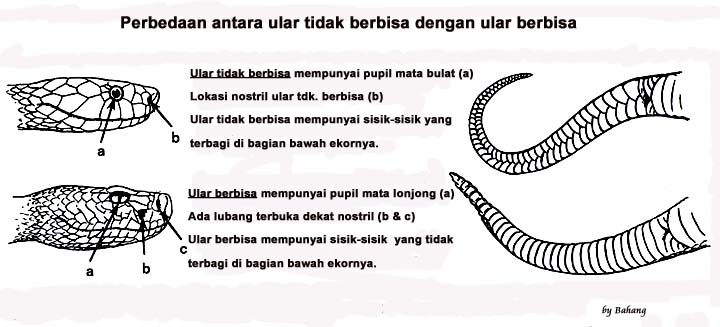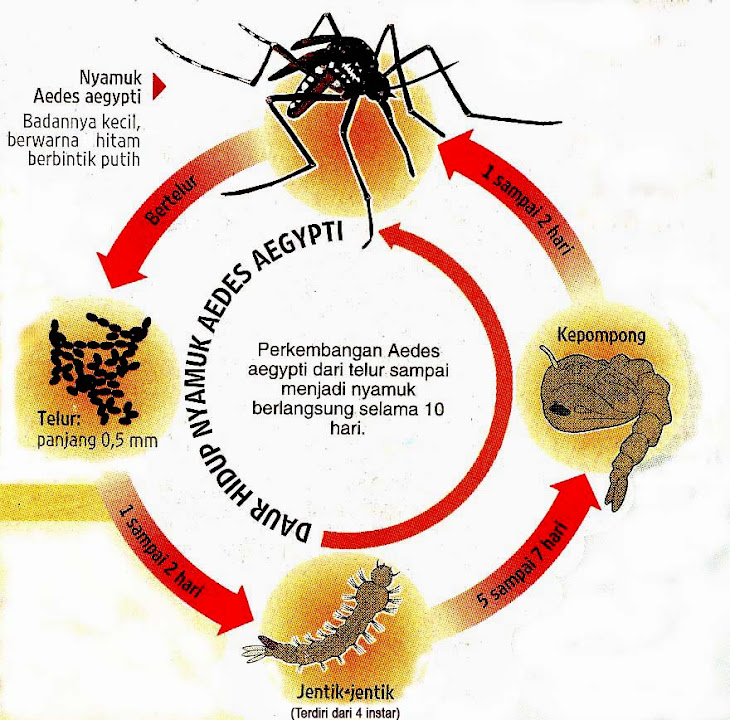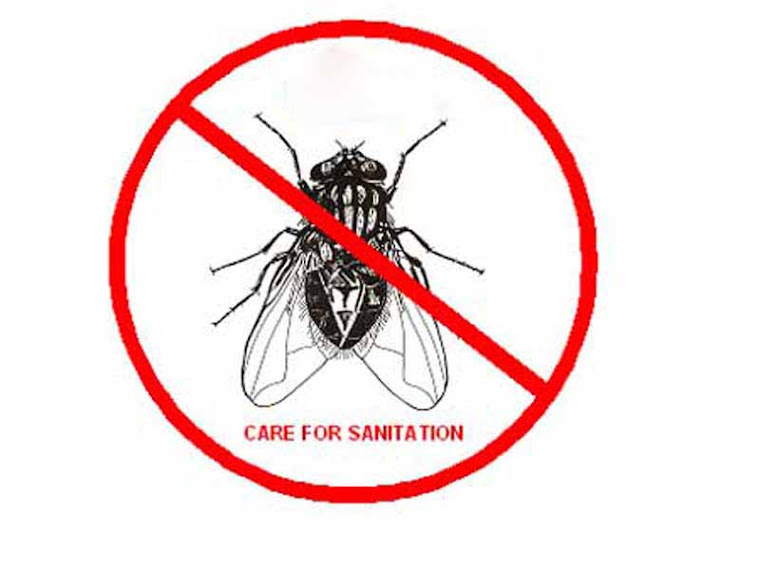Date: Fri 21 Dec 2007
Source: Suara Merdeka [in Indonesian, trans. & summ., edited]
<http://suaramerdeka.com/harian/0712/21/nas12.htm>
The Health Service of Central Java (DINKES) released the dengue fever (DBD) data from January up until December 2007; there were 11,636 inhabitants infected including 217 people who died.
The DINKES head, Dr. Hartanto, mentioned that the number of people who had dengue from 2006 only reached 10,924, including 220 who died.
The incidence of dengue cases in Central Java during January-November 2007 was 4.95 per 10 000 inhabitants, higher when compared with 2006, which was 3.37 per 10 000 inhabitants. Thus, numbers of dengue cases over the past 2 years have increased.
The spread of the [dengue] epidemic was greatest in 35 regencies in the city. In [case] mapping by the Health Service, the epidemic area currently spreads in 33 regencies of the city except Banjarnegara and Wonosobo. This does not mean that Banjarnegara and Wonosobo have been
completely dengue free. Although there were some infected people, the case number did not reach the numbers for epidemic status, he continued.
With the current spreading, the epidemic area was no longer in the urban areas such as Semarang City , Solo, Salatiga, Kota Tegal, Kota Pekalongan, and the Magelang City . However, currently the rural areas have not escaped breeding of Aedes aegypti mosquitoes.
Dr. Hartanto said that the eradication of the dengue could not only rely fogging or fumigation as these actions only killed mature mosquitoes, not larvae. Therefore, community efforts with the 3M approach was needed: drain [water catchments], close breeding sites, bury [articles than can hold water], and completely clean out larval mosquitoes.
Minggu, 30 Desember 2007
Langganan:
Komentar (Atom)

